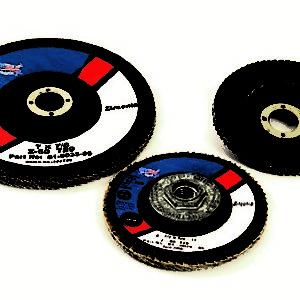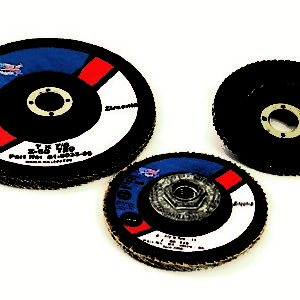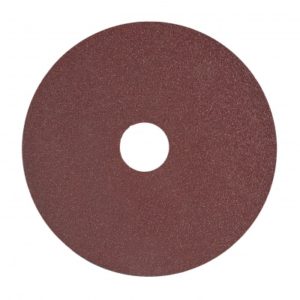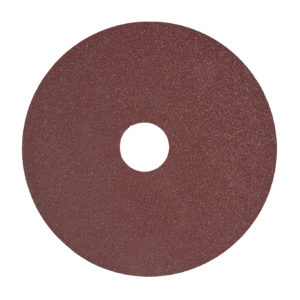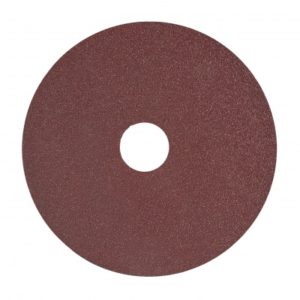Challenges of Working With Aluminum
There are several common considerations to keep in mind when working with aluminum, including:
- Wheel clogging
- Lubrication
- Flammability
- Contamination
- Burning
Wheel Clogging
When grinding aluminum or other soft, non-ferrous metals, wheel clogging is common. The excess aluminum loads onto the wheel's surface under abrasion, creating buildup that makes the wheel less effective over time. Dry abrasives typically load with aluminum rapidly, especially when used regularly for this purpose, with the grains being covered resulting in unwanted slip. The quick buildup can then result in more intensive labor because you need to press harder on the material to receive the desired effect.
Lubrication
Because aluminum particles will collect on many abrasive surfaces, operators often spend time lubricating their wheels to minimize loading. Wax, WD-40 and even paraffin can coat the abrasive disc, but these materials can present numerous health and safety hazards when working with aluminum dust. Wax, for example, can end up on the floor of your shop and create a slipping hazard. Waxes and other forms of lubrication require cleanup — and that vital time could be better spent on other phases of production.
Flammability and Other Safety Concerns
Aluminum dust is flammable — so flammable it's common in fireworks — and the same is true of many of the chemicals used to lubricate abrasives while working with it. Introducing these potentially hazardous substances to your process can introduce setbacks and unwanted downtime due to the extra precautions required to use them safely.
Suitable top-coated discs designed to work with aluminum are a safer alternative, and you'll also save time, labor and money when using them.
Contamination
The aluminum dust that builds up on your abrasive products will transfer to other workpieces. Therefore, it's best to use designated abrasive discs for working with aluminum to reduce contamination in other metalworking projects.
Burning
Due to its heat-sensitive nature, it is easy to burn aluminum when using discs that easily overheat. When working with this material, we recommend a zirconia or zirconia-alumina flap disc with a flexible, cooling fin backing pad.
How to Choose Abrasive Products for Aluminum
Working with aluminum is often a multistep process, and finding the best abrasive products will cut cost, time and labor spending while maximizing production and overall output. For example, many aluminum projects require pre-lubricated discs. If your abrasive is not pre-lubricated with a special topcoat, you may need to spend time adding a lubricant yourself.
Additionally, many aluminum components will undergo anodizing or powder coating, processes that require a clean substrate. A wipe-down with acetone or an acid will be necessary to get rid of the lubrication buildup, which adds more time to your work. Specially designed coated abrasives for aluminum will require much less cleanup.
One of the essential steps to choosing the correct abrasive for your project is selecting the right grit. We offer a typical grit range from 36 to 80, with 16- and 24-grit options available upon request.
If you're unsure about what grit to use, it is easiest to remember that the lower the grit number, the coarser the grain. For non-ferrous and softer metals like aluminum, a more moderate grit might be best unless you are doing heavy stock removal. If you're finishing and prepping for a topcoat of paint, you will want a higher grit to do the job justice.
Check out our grit grading scale for autobody work for a more detailed breakdown on grit selection.

